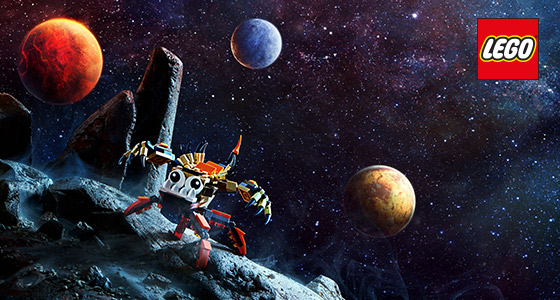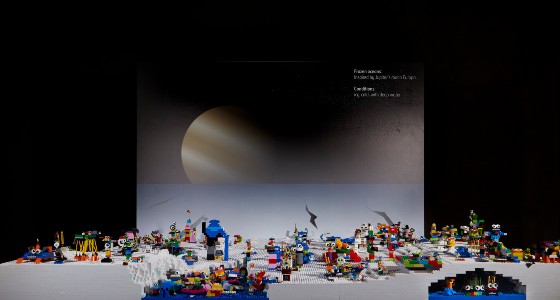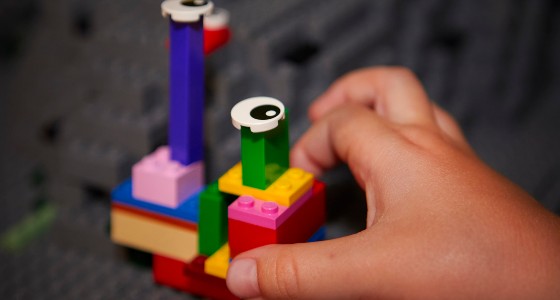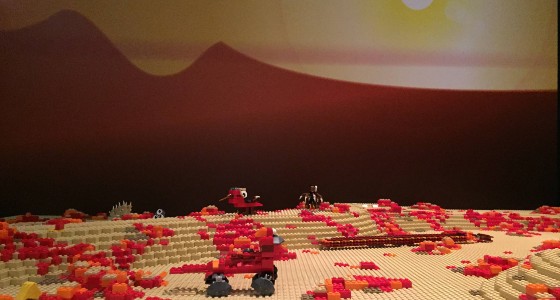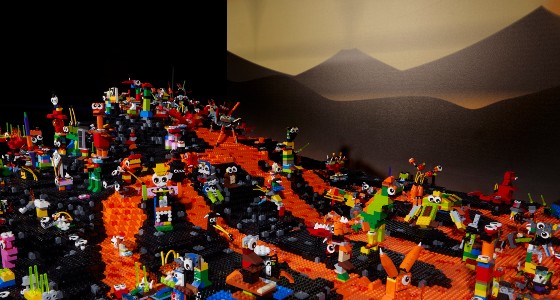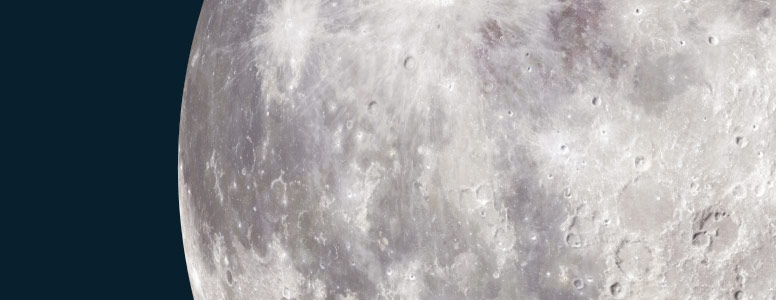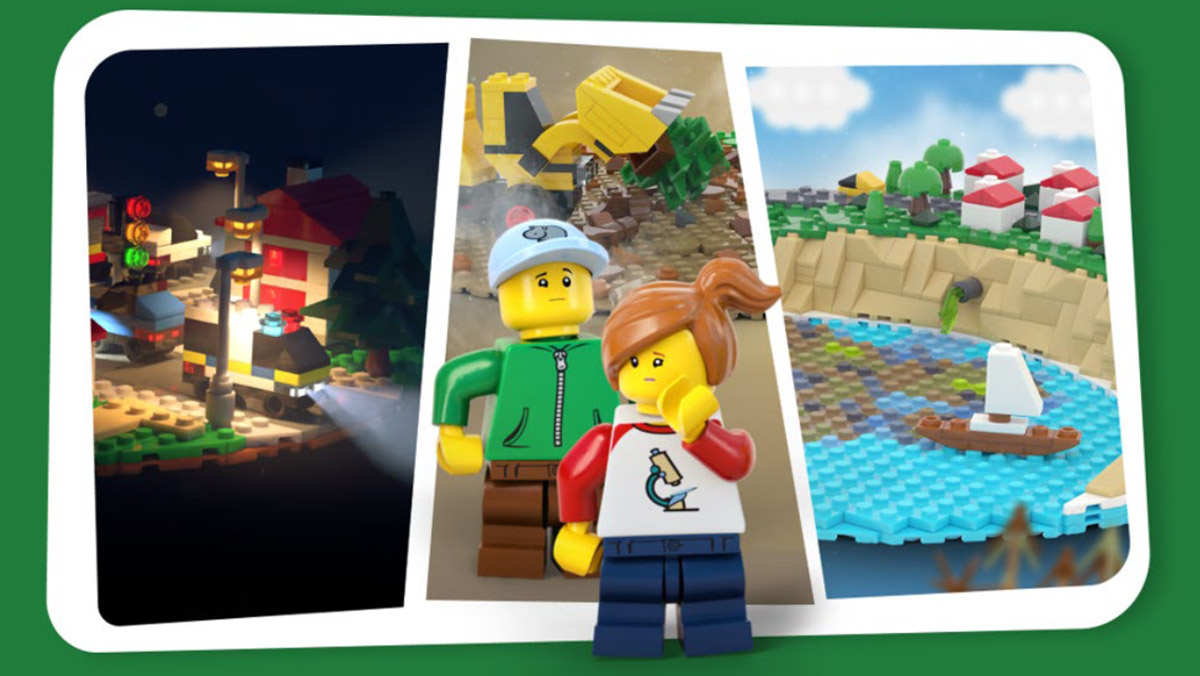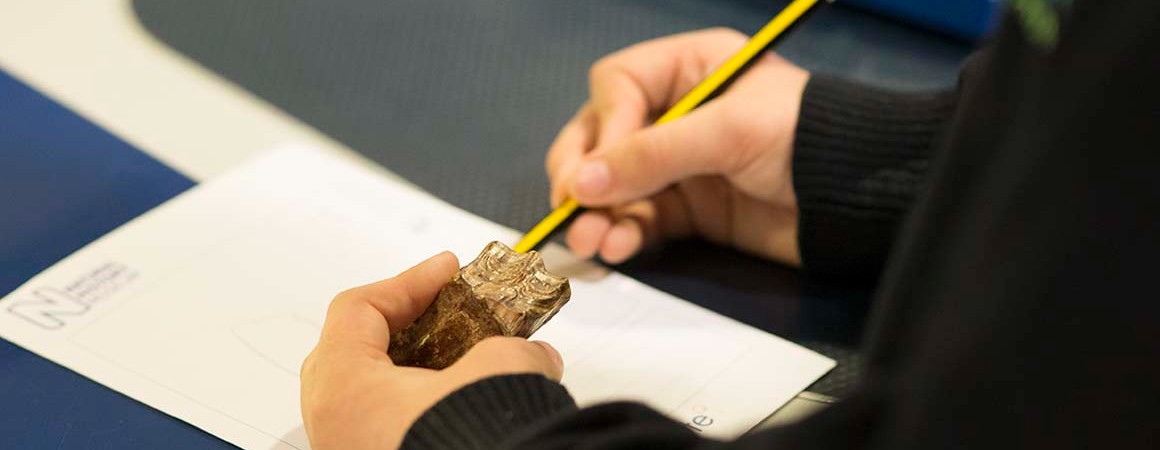Keywords
- Adaptation: a feature of a living thing that improves its chances of survival. For example, a duck's webbed feet help it to swim quickly in water.
- Astrobiologist: a scientist who looks for evidence of life in space
- Rotate: turning or spinning around a middle point or 'axis'
- Orbit: moving in a circle around another object. For example, moons orbit planets, planets orbit stars.
- Star: a large, glowing ball of gas which sometimes has planets orbiting around it. The planet Earth orbits around a star called the Sun.
- Moon: a large natural object that orbits a planet. Some planets have many moons orbiting them.
- Solar system: a star together with its family of planets
- Exoplanet: a planet that orbits a star in a different solar system to ours
Curriculum links
This activity can be interpreted in various ways to suit different complexities; from simple family fun, to a key stage 2 focus on adaptations and environments to a complex key stage 4 challenge of how life evolves and the interdependencies in ecosystems. While LEGO® bricks are useful to build models and encourage playful creativity, any materials can be used to build a Life Form.
Science
Key Stage 1
Year 2
Living things and their habitats
- identify that most living things live in habitats to which they are suited and describe how different habitats provide for the basic needs of different kinds of animals and plants, and how they depend on each other
Key Stage 2
Working scientifically
- reporting on findings from enquiries, including oral and written explanations, displays or presentations of results and conclusions
Year 5
- describe the movement of Earth and other planets relative to the Sun in the solar system
- describe the movement of the Moon relative to Earth
- use the idea of Earth's rotation to explain day and night and the apparent movement of the Sun across the sky
Year 6
Evolution and inheritance
- identify how animals and plants are adapted to suit their environment in different ways and that adaptation may lead to evolution
Key Stage 3
Relationships in ecosystems
- the interdependence of organisms in an ecosystem, including food webs and insect pollinated crops
- how organisms affect, and are affected by, their environment, including the accumulation of toxic materials
Space physics
- our Sun as a star, other stars in our galaxy, other galaxies
Key Stage 4
Biology
- living organisms are interdependent and show adaptations to their environment
- evolution occurs by the process of natural selection and accounts both for biodiversity and how organisms are all related to varying degrees
- organisms are interdependent and are adapted to their environment
Art and design
Key Stage 1
- to use drawing, painting and sculpture to develop and share their ideas, experiences and imagination
- to develop a wide range of art and design techniques in using colour, pattern, texture, line, shape, form and space
Key Stage 2
- to improve their mastery of art and design techniques, including drawing, painting and sculpture with a range of materials, for example, pencil, charcoal, paint and clay
